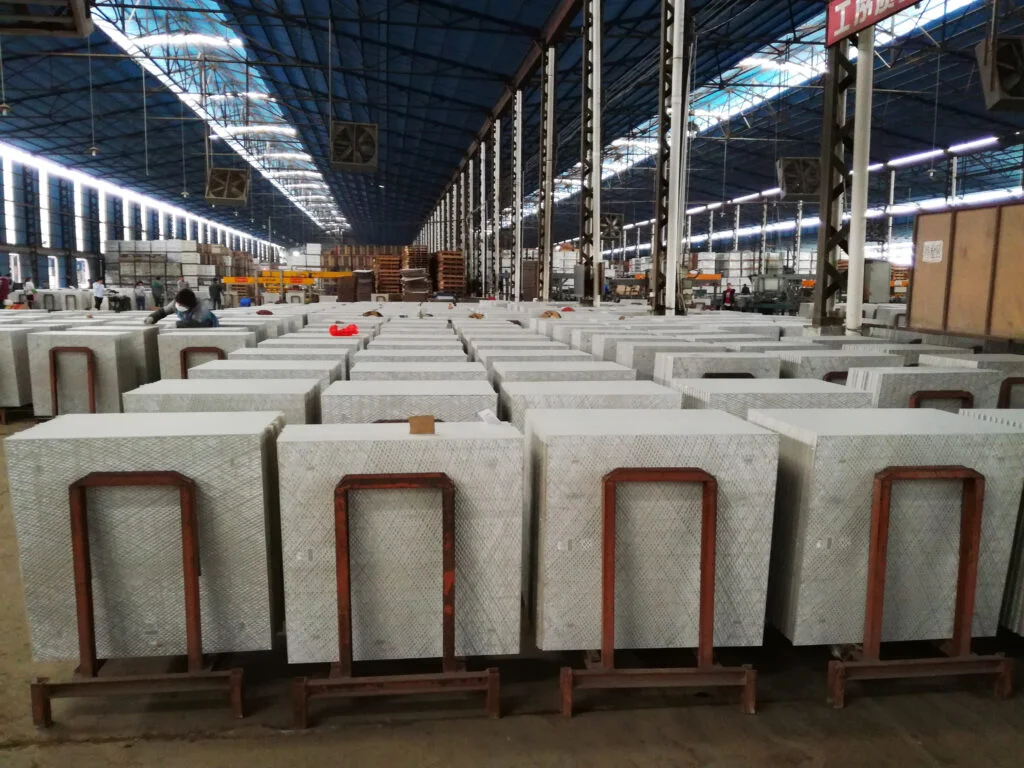Indoor air quality is critical to healthy living, especially in the modern world where more and more people are choosing to spend most of their time indoors. Ceramics, as a commonly used building and decorative material, have a significant impact on indoor air quality through the way they are selected and used. Understanding how ceramics affect air quality and taking appropriate countermeasures can effectively improve the health and comfort of the living environment.
The impact of ceramics on indoor air quality
1.Low Volatile Organic Compounds (VOCs) Content
Ceramics themselves are often considered low VOCs materials because their production process includes high temperature firing, which effectively eliminates most organic compounds. However, certain glazes and sealants may contain VOCs, chemicals that can be released into indoor air over time and affect air quality.
2.Chemical composition of glazes
The glaze of ceramics can add to their beauty and durability, but certain glazes may contain harmful chemicals, such as lead and cadmium, which may be released when the ceramics are broken or worn, causing air pollution and health risks.
3.Environmental impact during use
Ceramics may also have an impact on indoor air quality during normal use and cleaning. For example, cleaning ceramic products with detergents containing harmful chemicals may result in the release of these substances into the air.

Countermeasures
1.Choose environmentally friendly ceramic products
When shopping for ceramic products, give preference to those that are certified as environmentally friendly. Environmental certification ensures that the production process and the use of raw materials in line with environmental standards, effectively reducing the negative impact on indoor air quality.
2.Understand the glaze composition
Consumers should understand the composition of ceramic glaze, try to choose the glaze products do not contain harmful substances. In addition, you can consult the supplier or check the product description to ensure that the glaze meets safety standards.
3.Use natural cleaning agents
When cleaning ceramic products, it is recommended to use natural, non-toxic cleaners and avoid chemical cleaners containing volatile organic compounds. This not only reduces the release of chemicals, but also protects the health of users.
4.Enhance indoor ventilation
Good indoor ventilation can help reduce the concentration of indoor pollutants. Keeping indoor air circulating and using exhaust fans or air purifiers can effectively improve indoor air quality.
5.Regular Inspection and Maintenance
Regular inspection and maintenance of ceramic products and timely repair or replacement of broken ceramics can avoid the release of harmful substances and keep the indoor environment safe and healthy.

Conclusion
The selection and use of ceramics have a significant impact on indoor air quality. By choosing environmentally friendly ceramic products, using safe glazes and cleaners, and enhancing indoor ventilation, we can effectively improve indoor air quality and create a healthy and comfortable living environment. Keeping these measures in mind, we can not only improve the quality of life, but also provide a safe living space for our family members.
